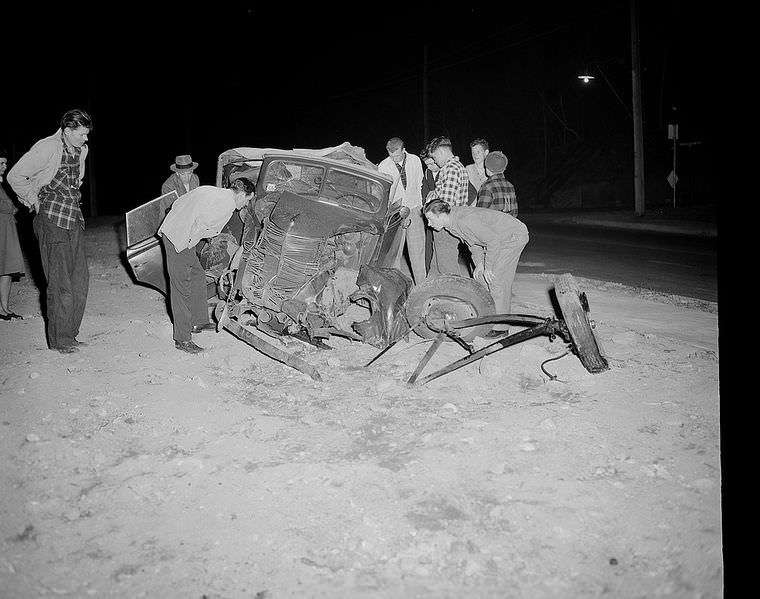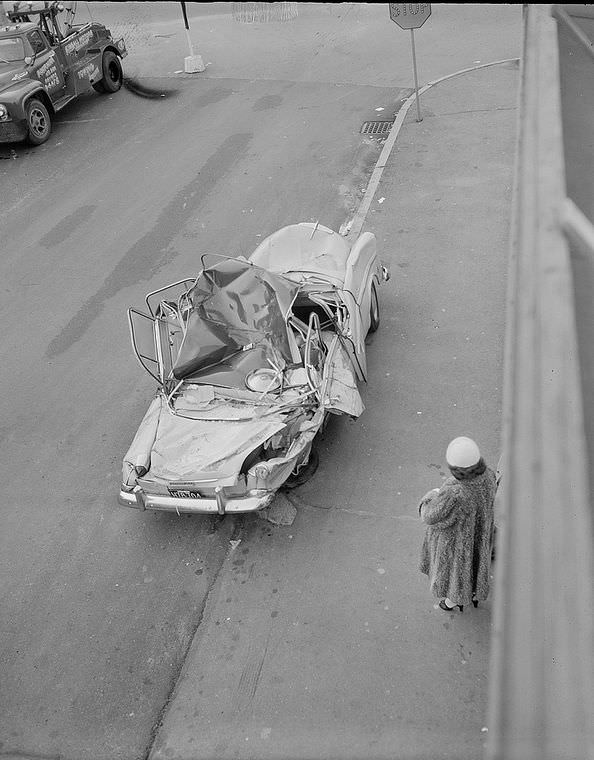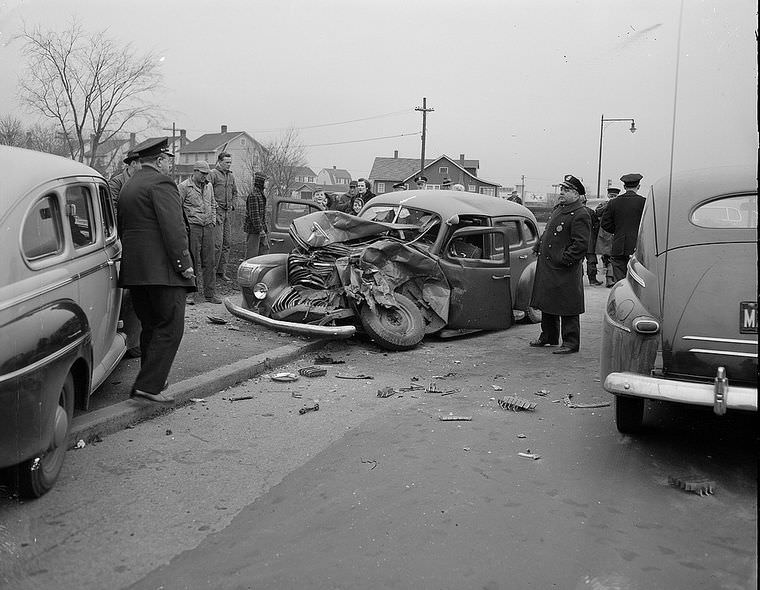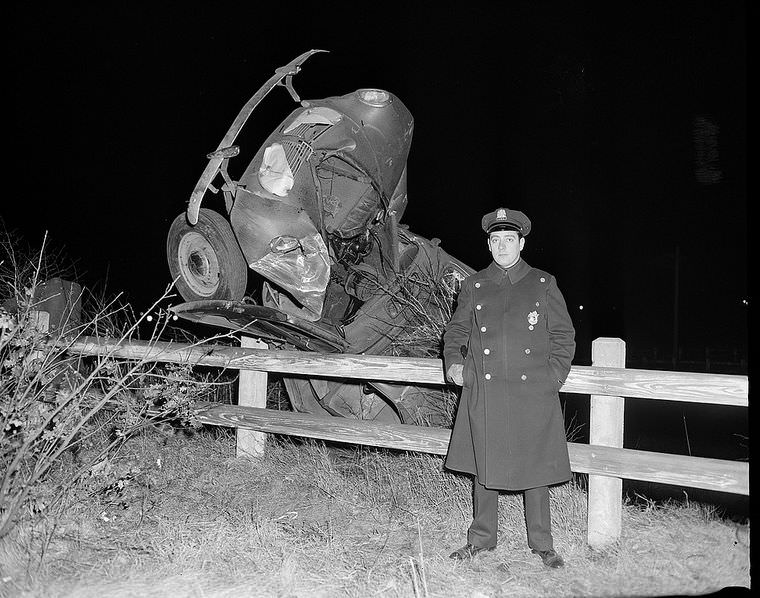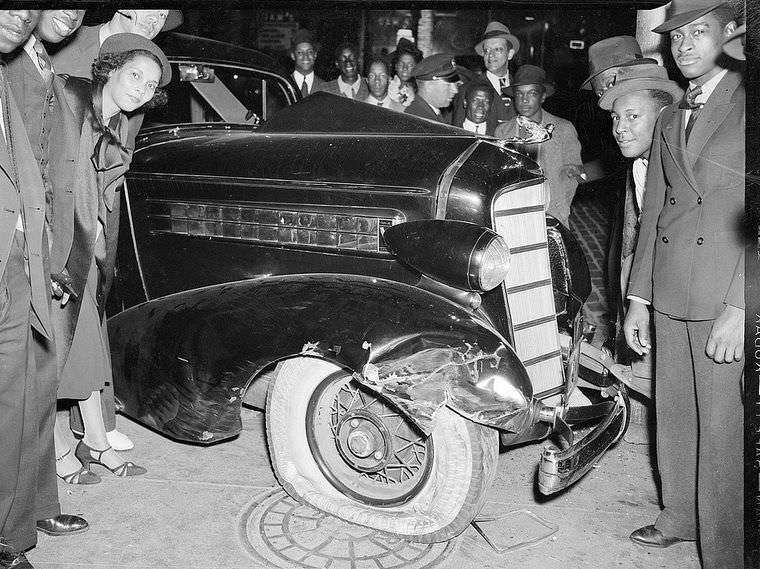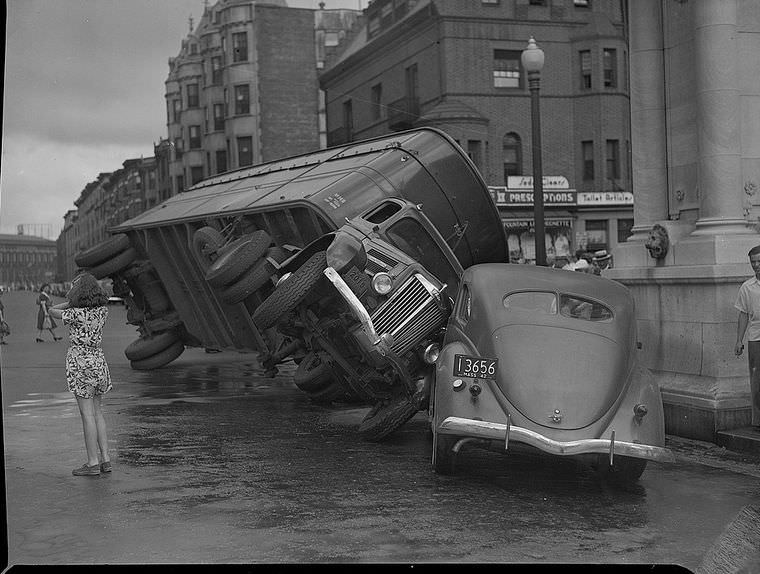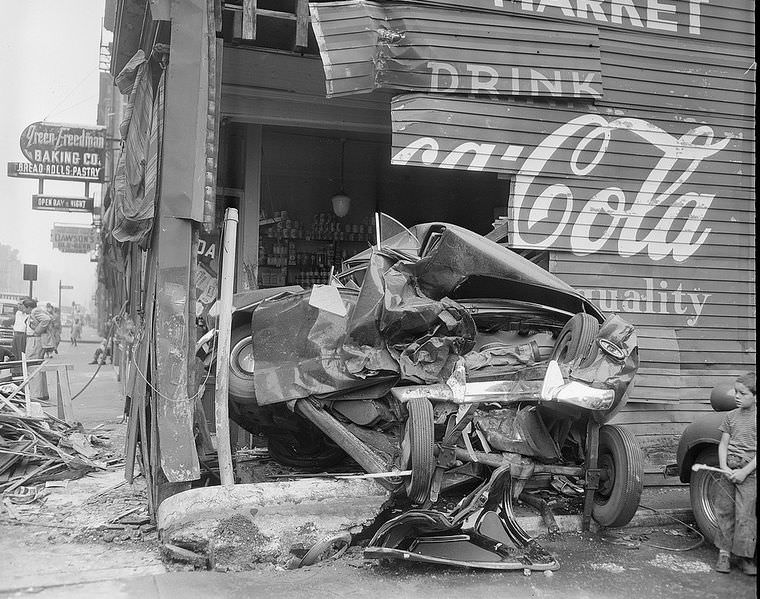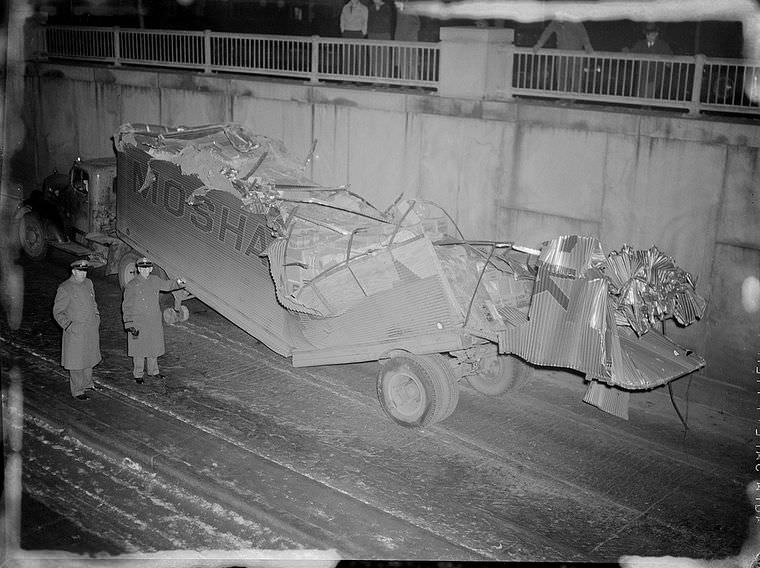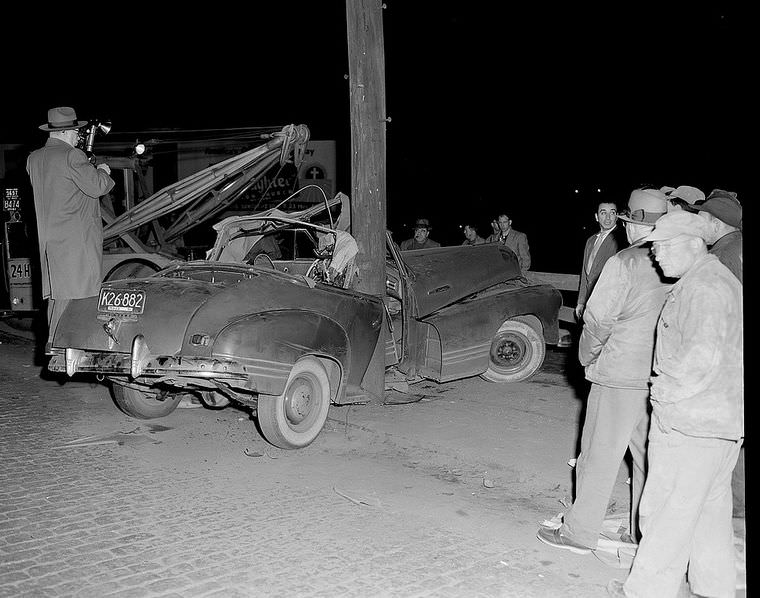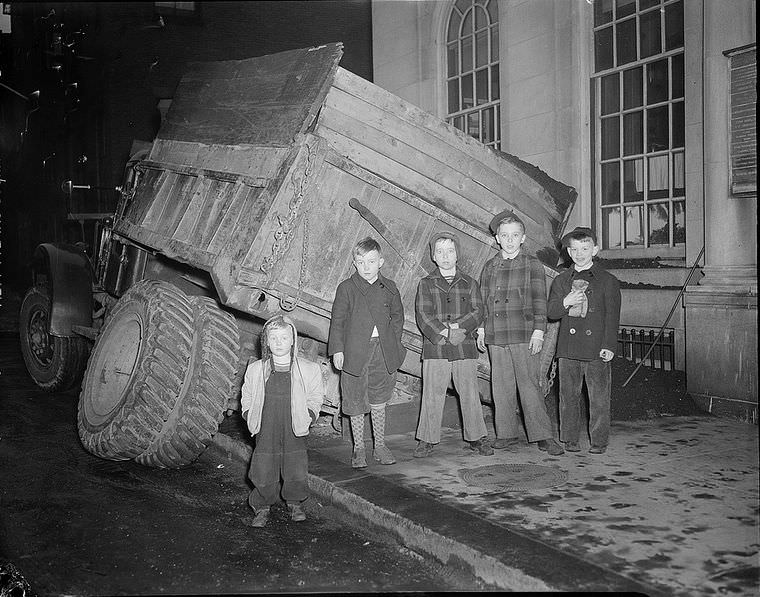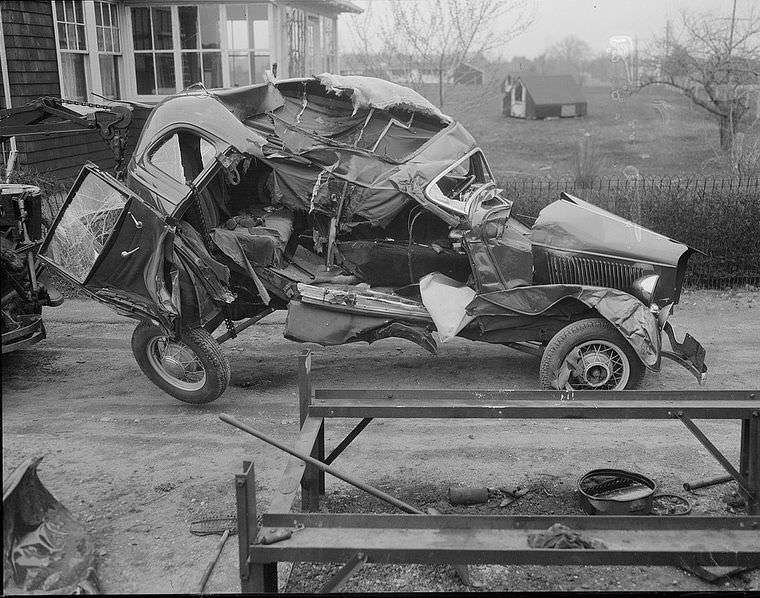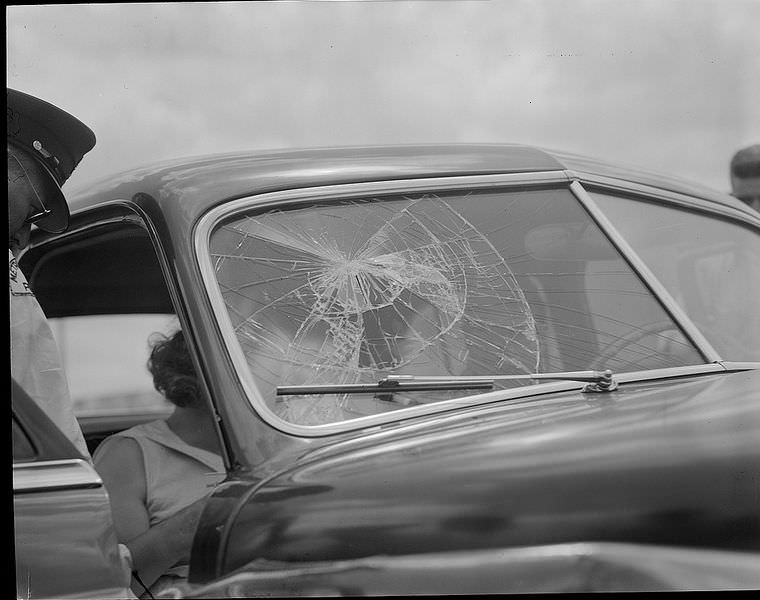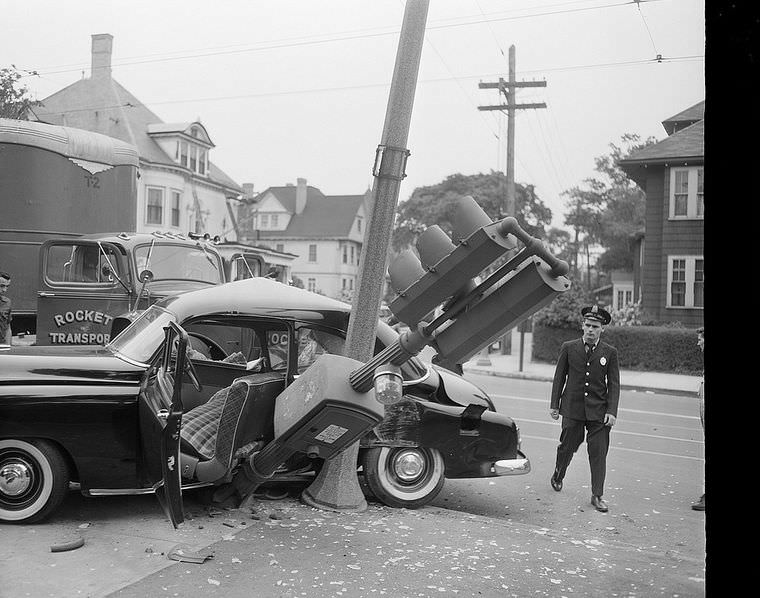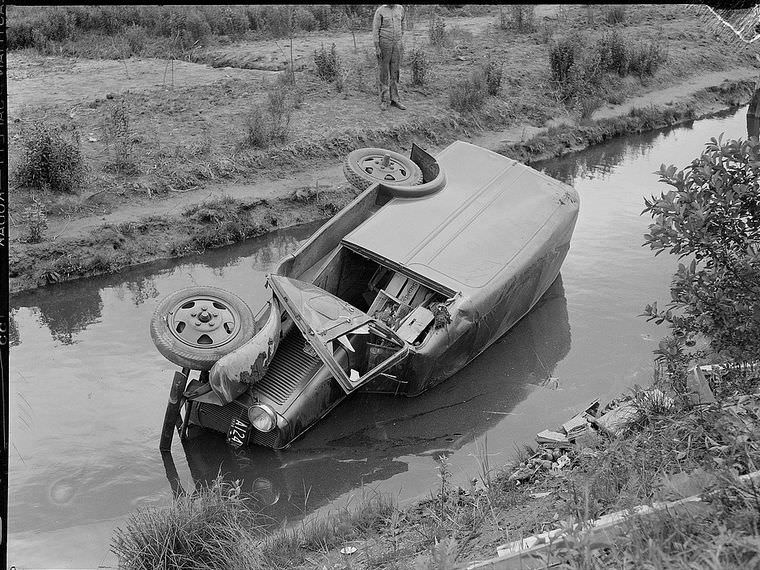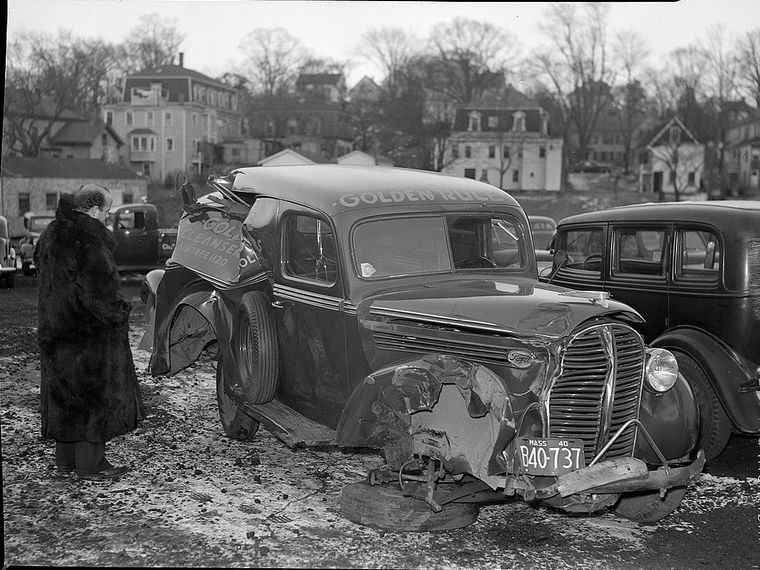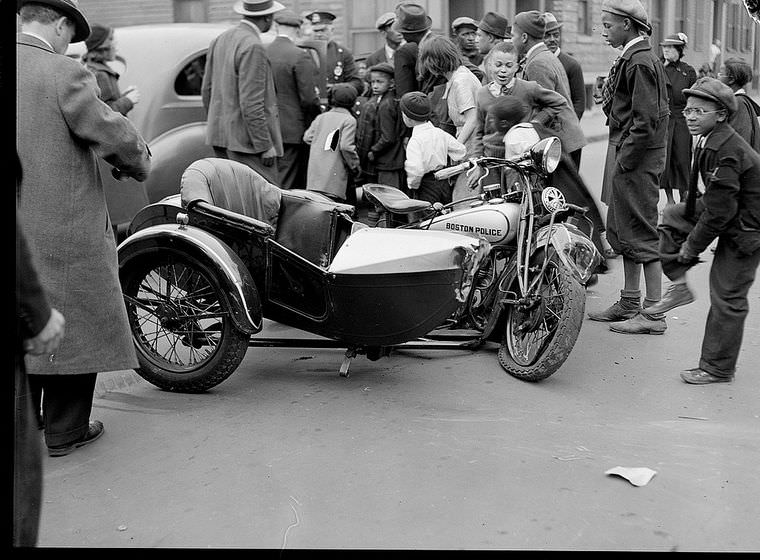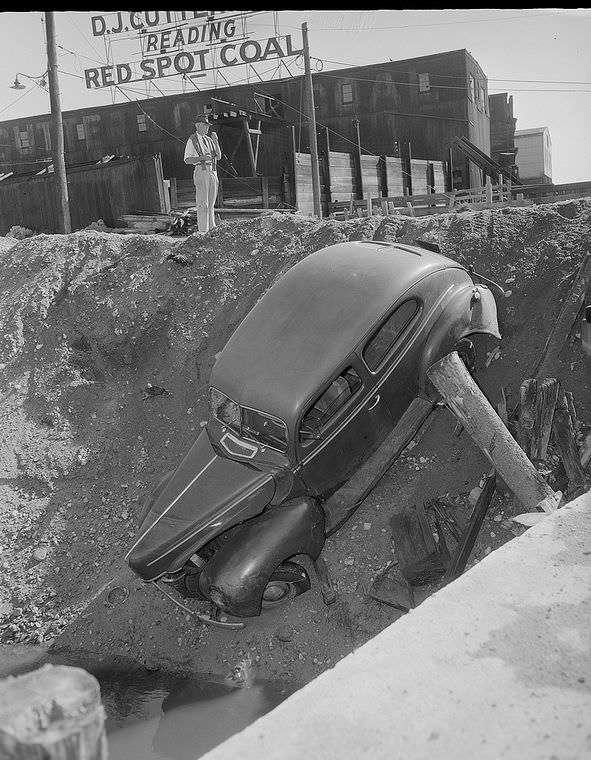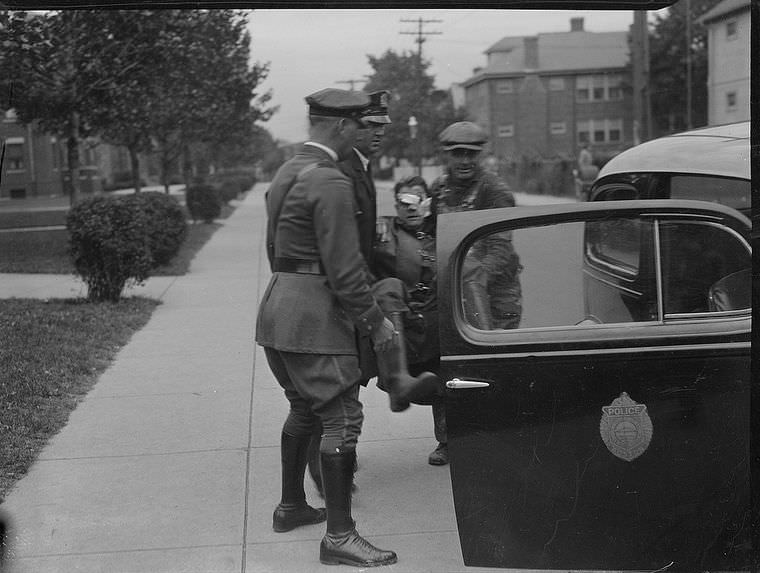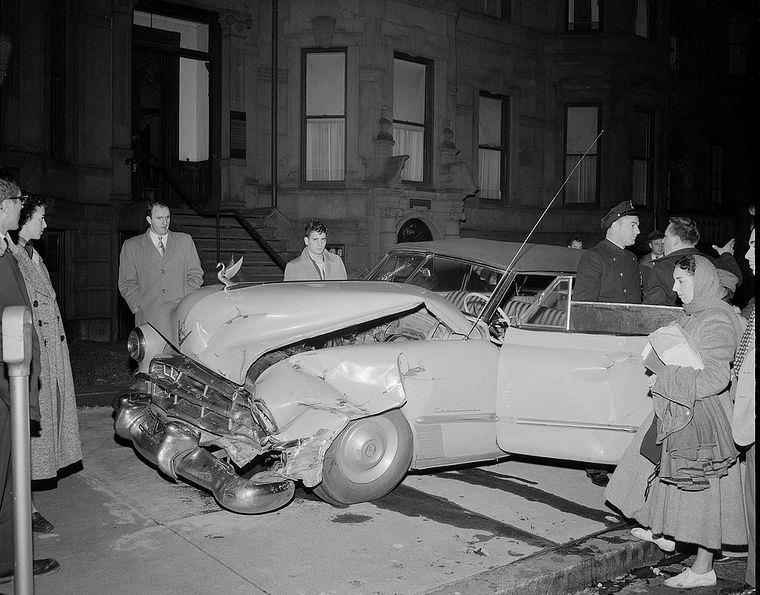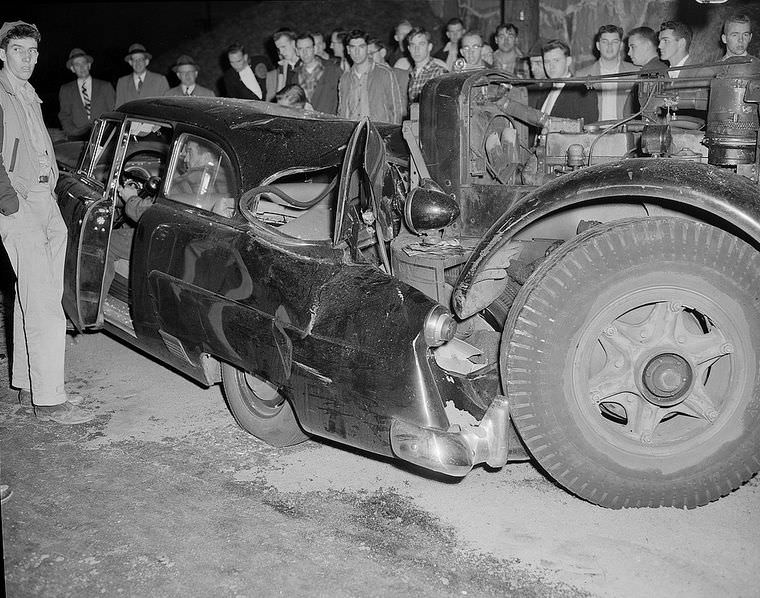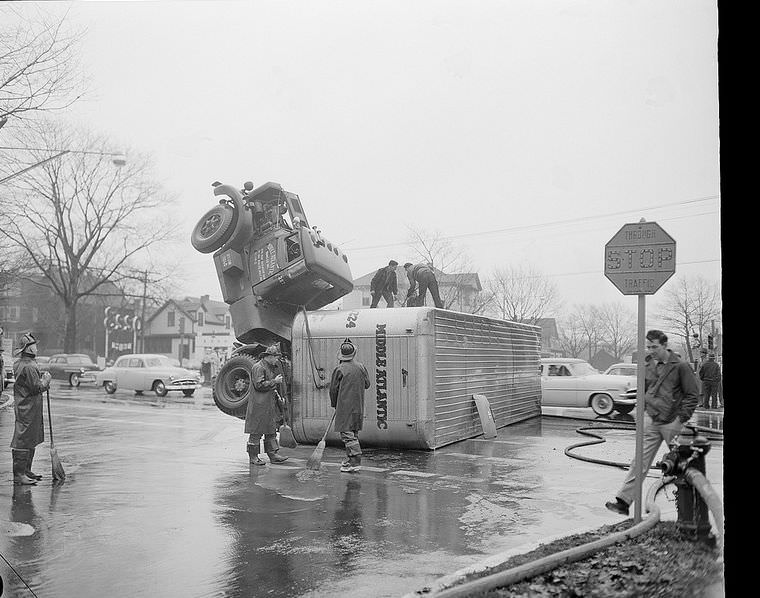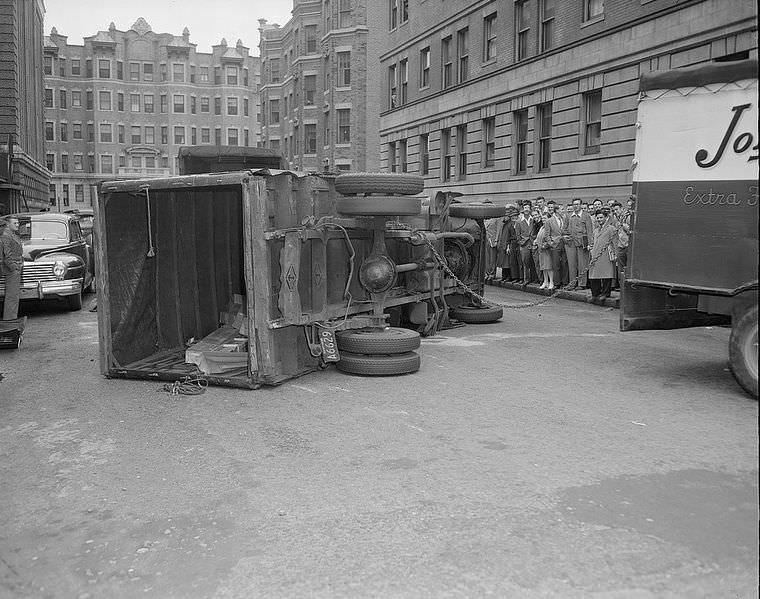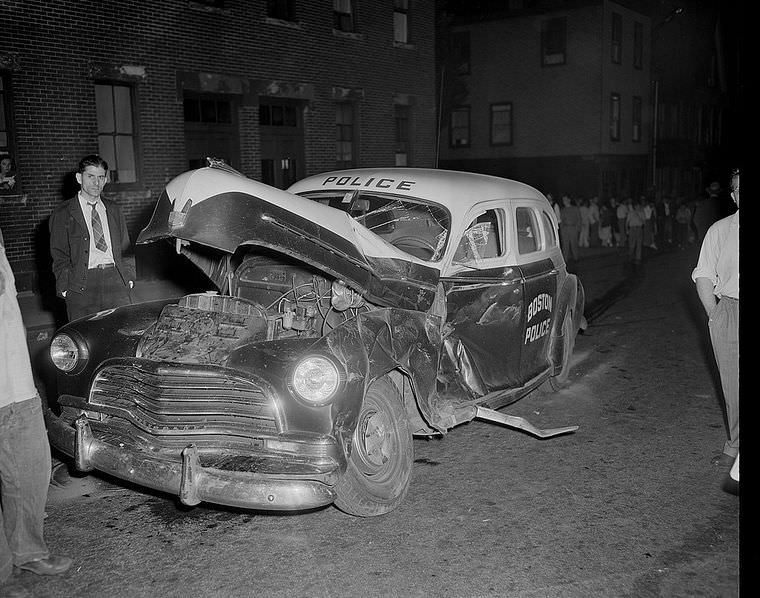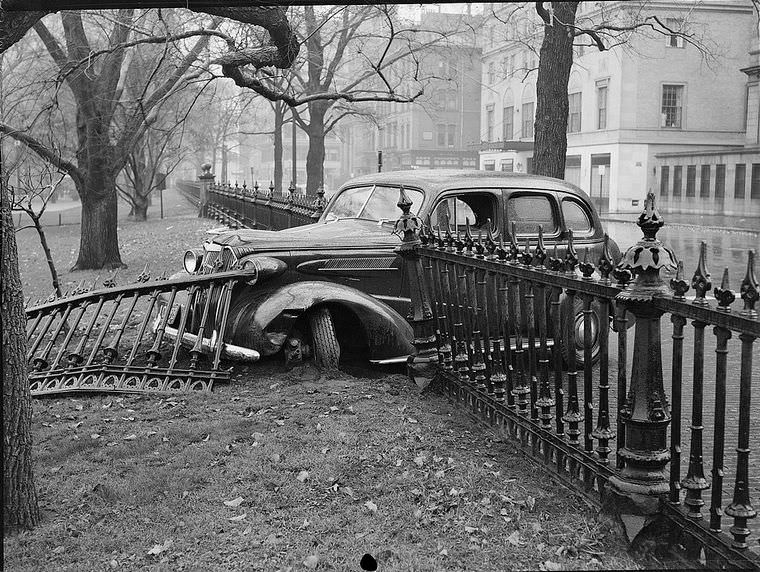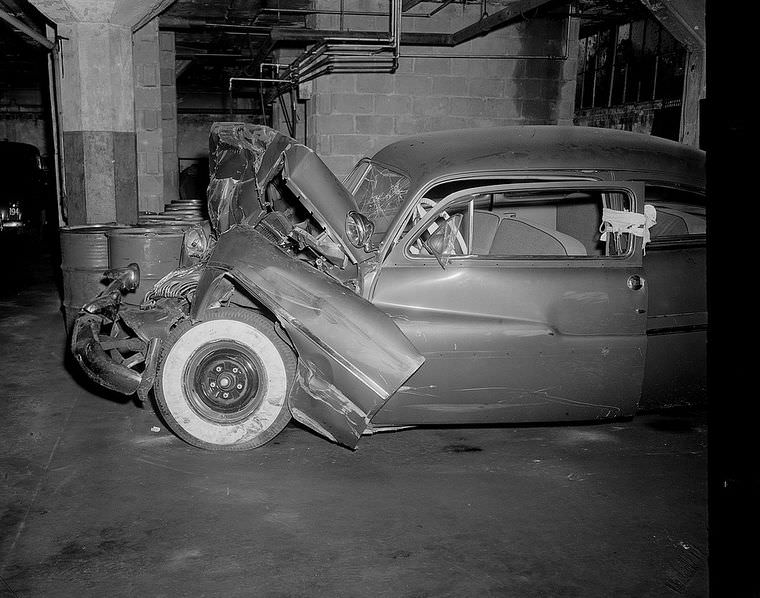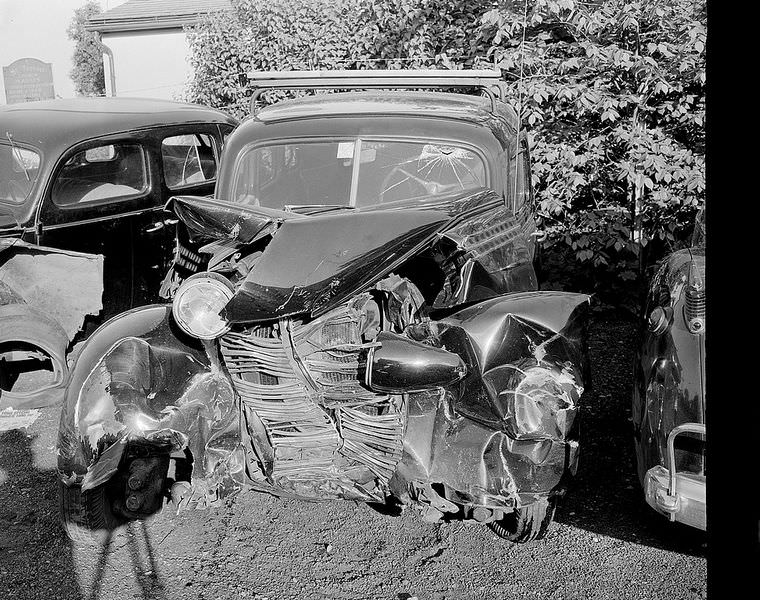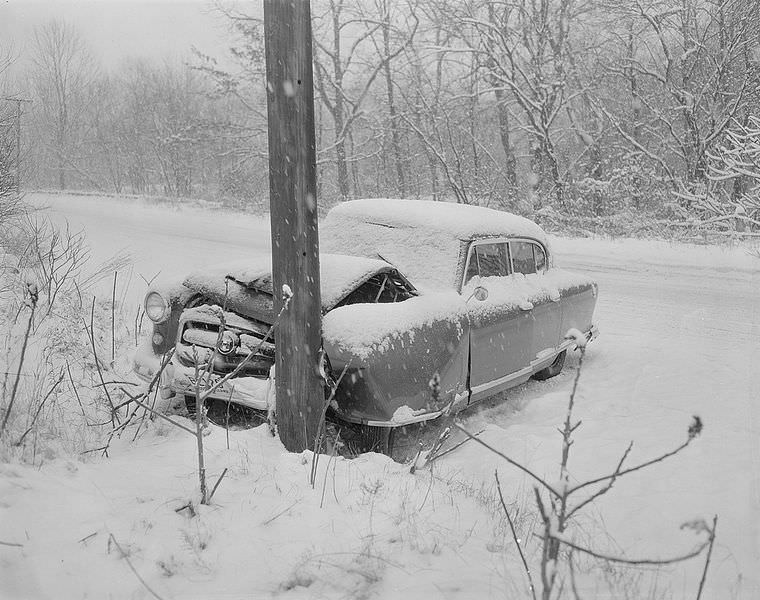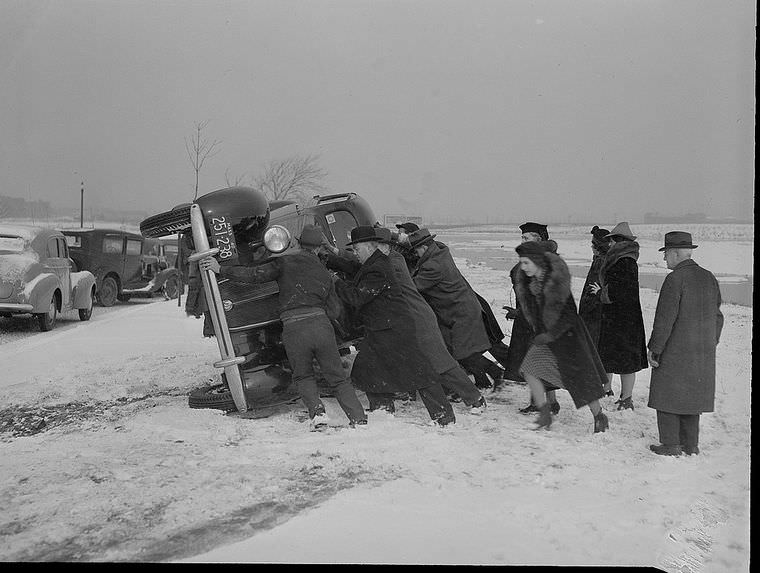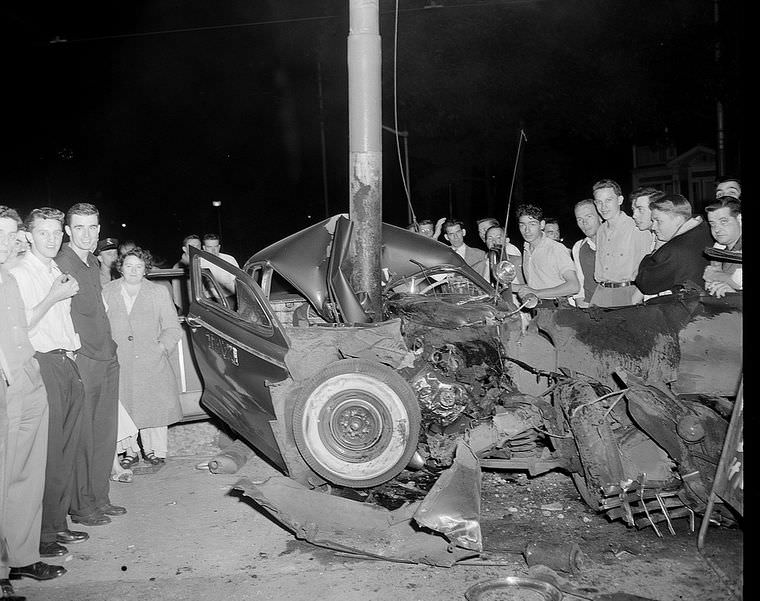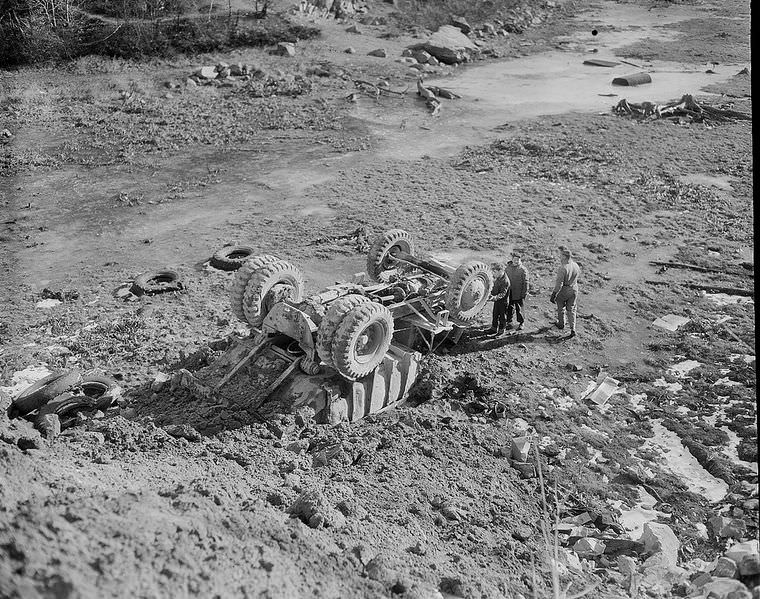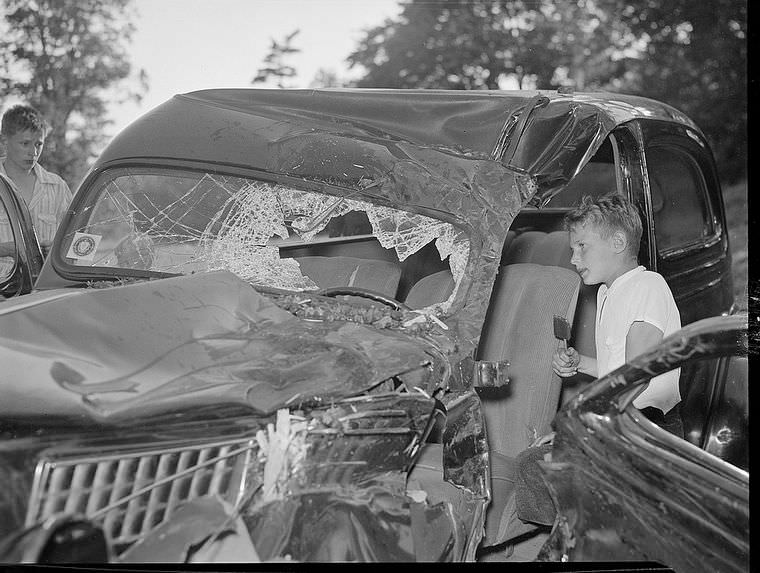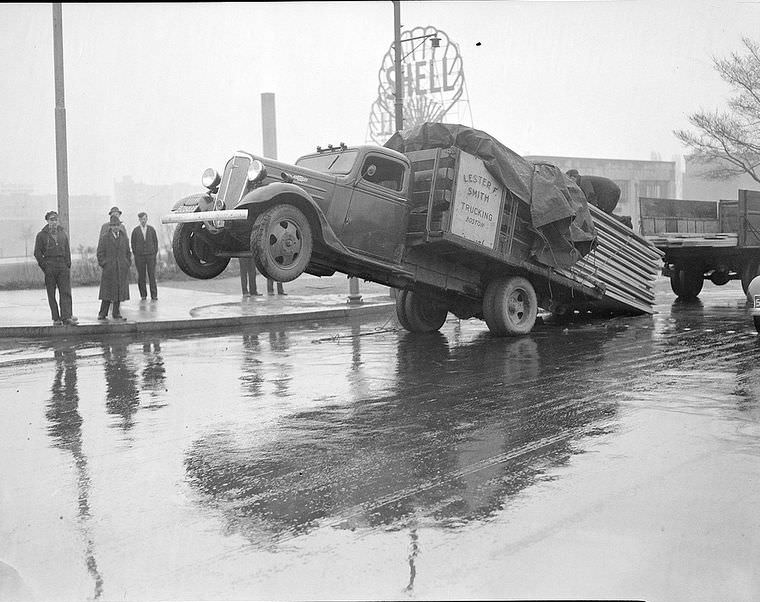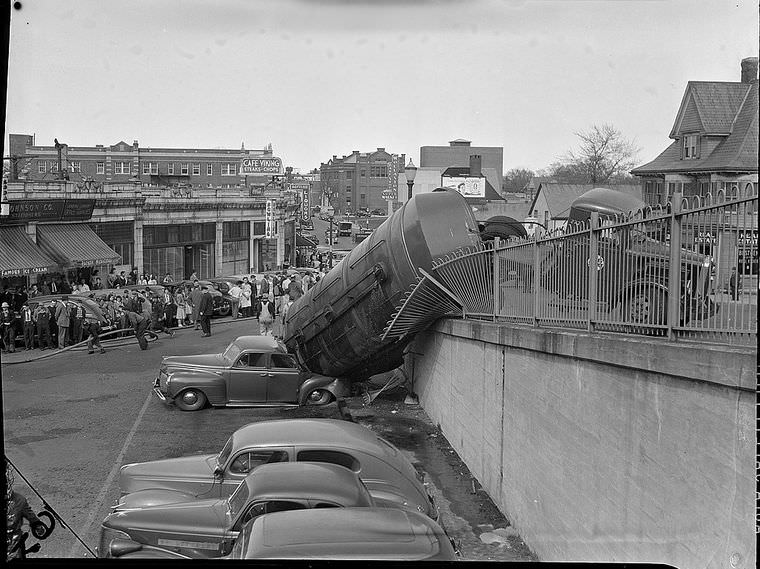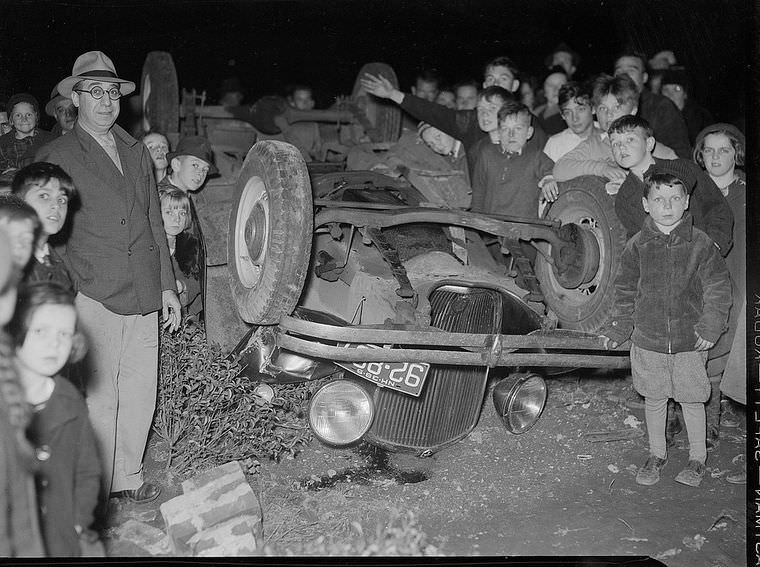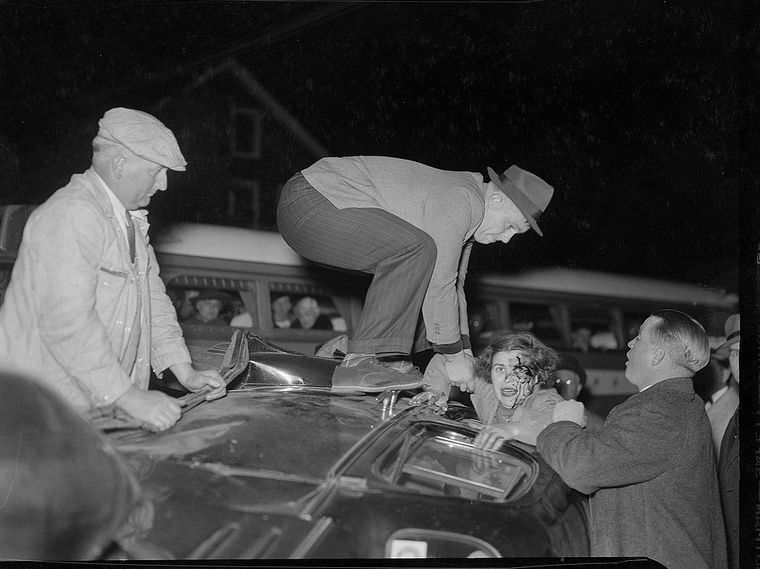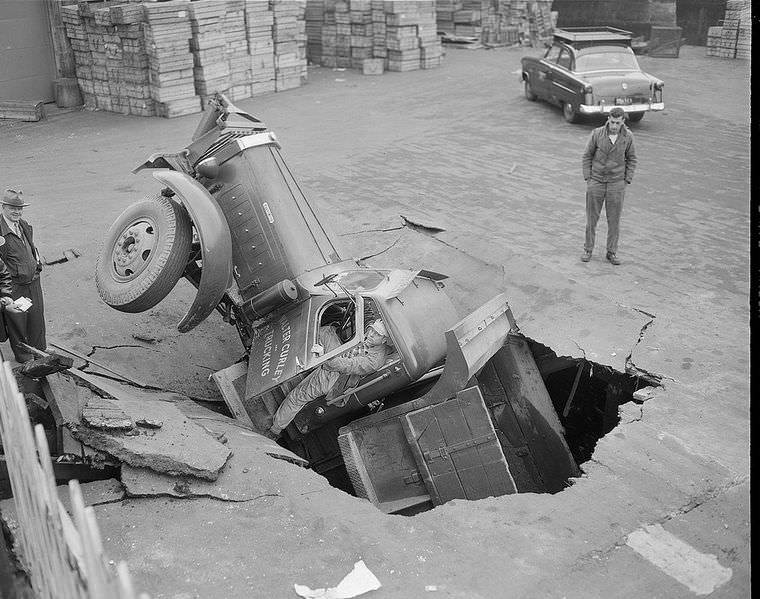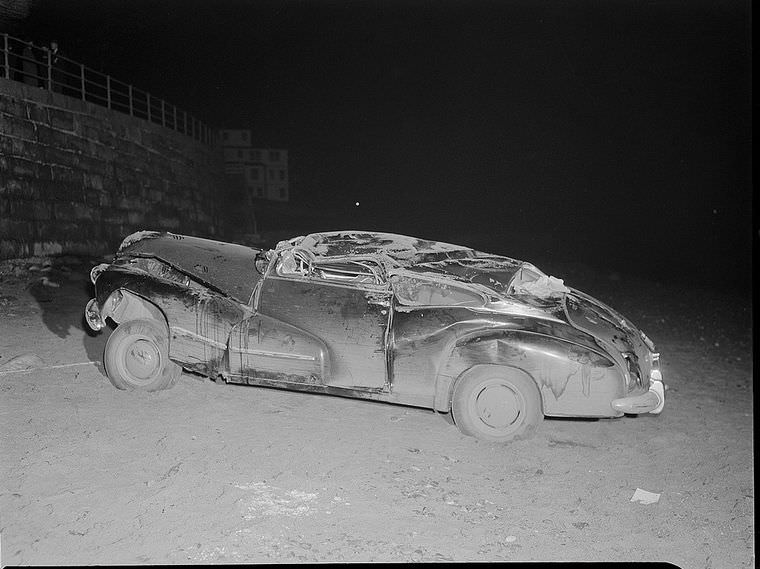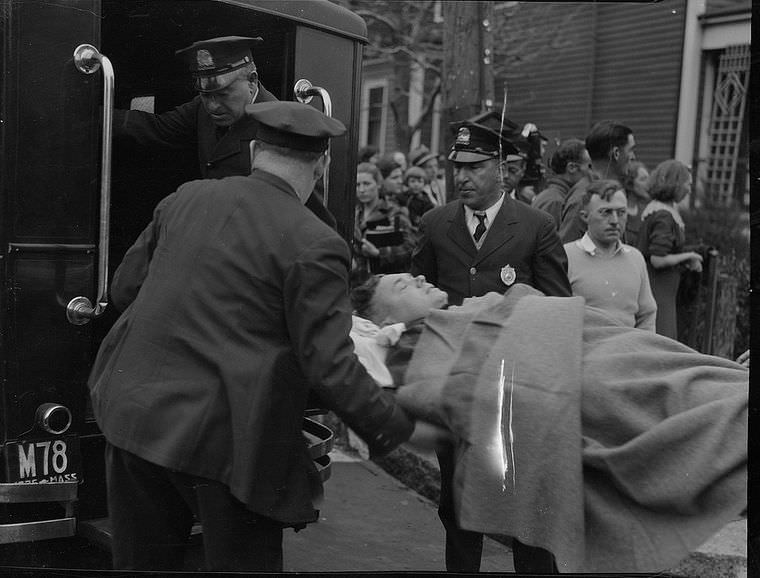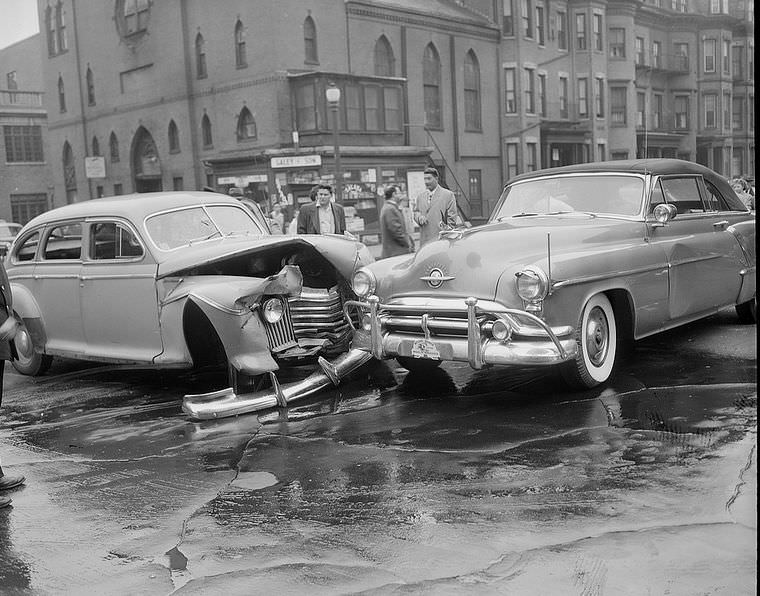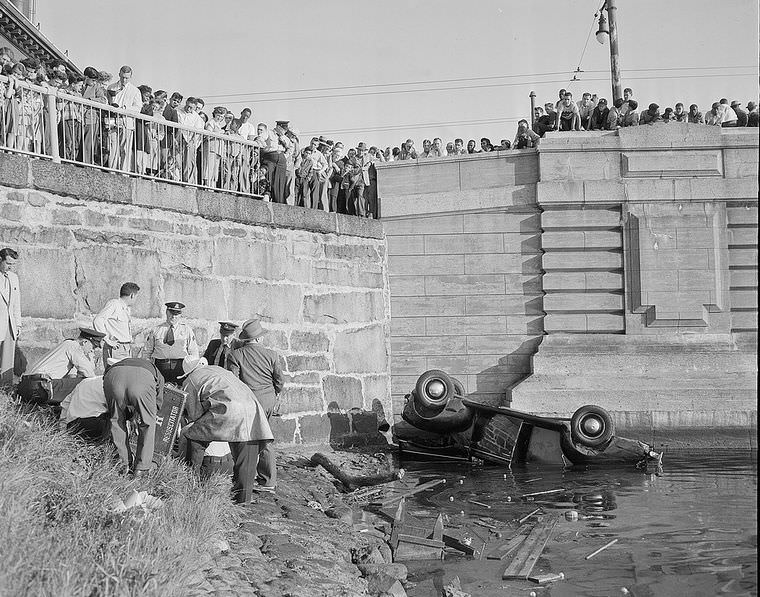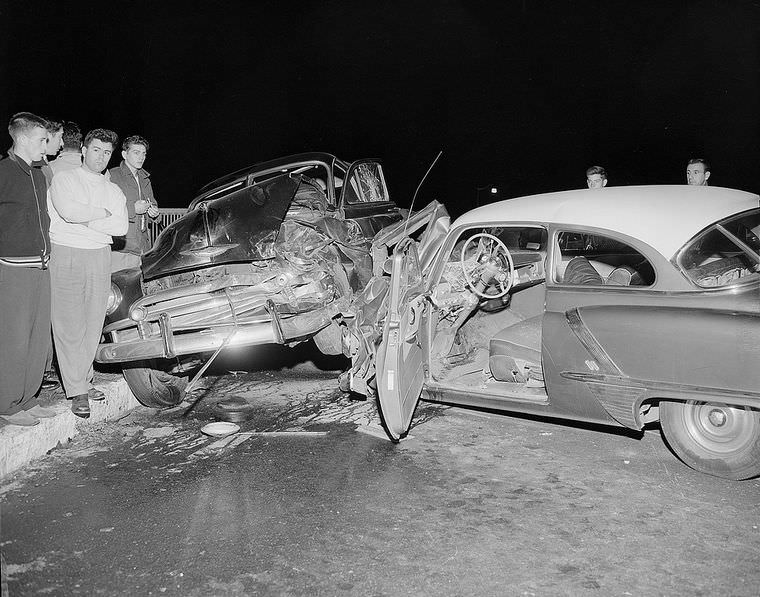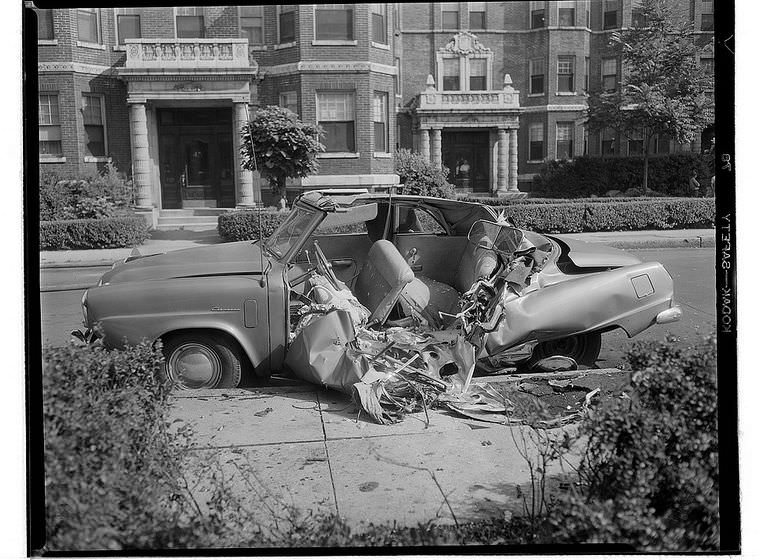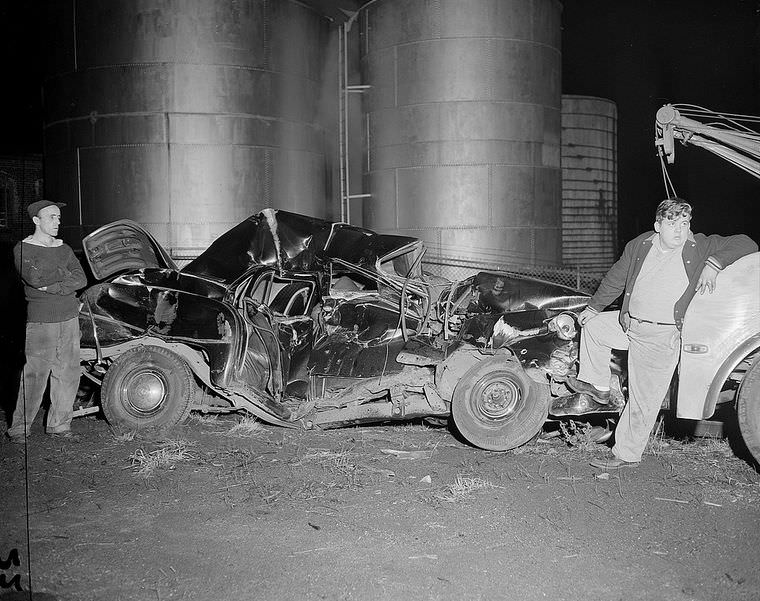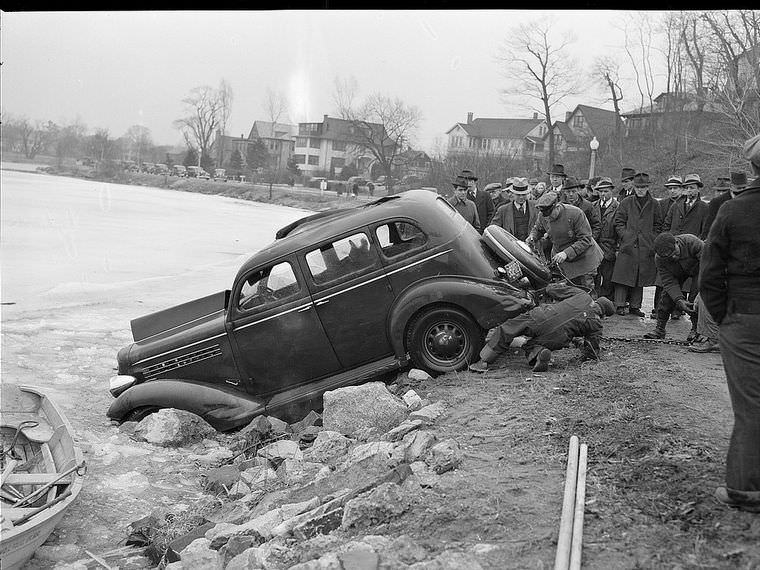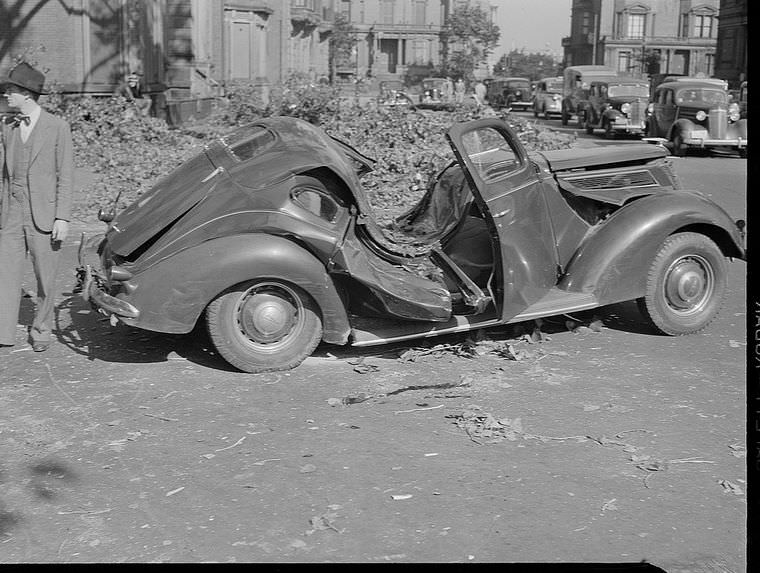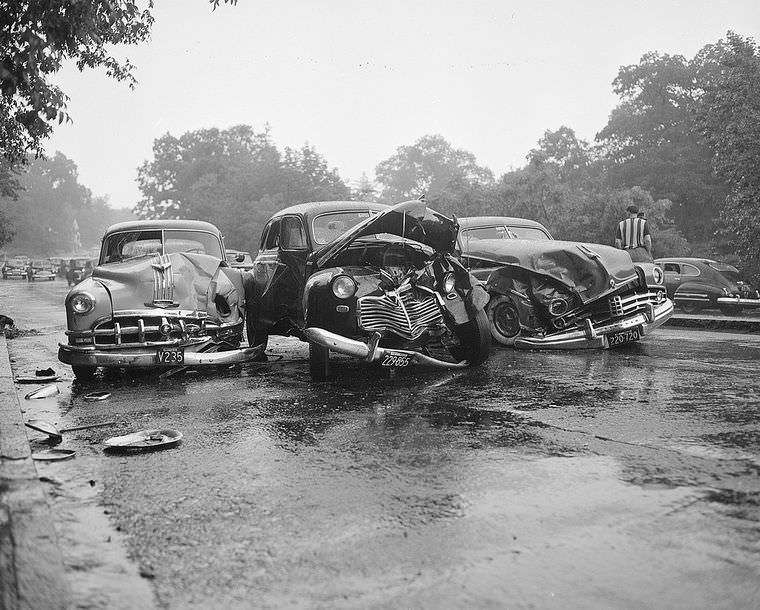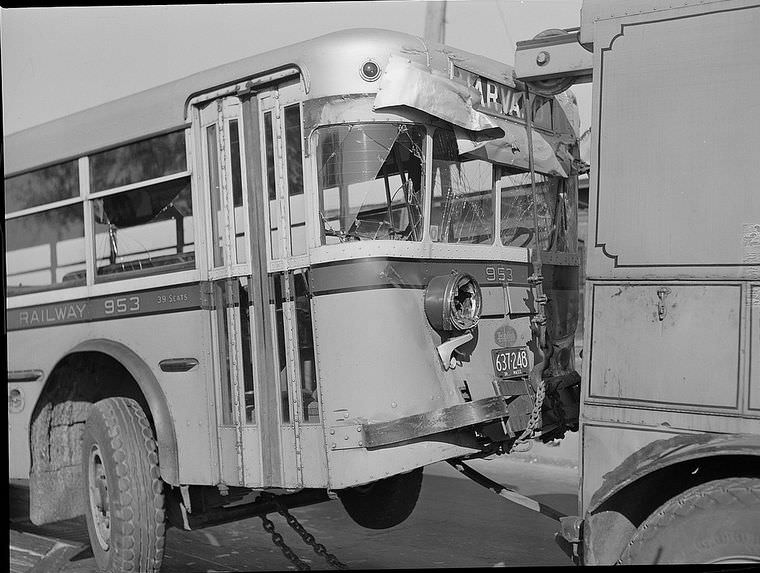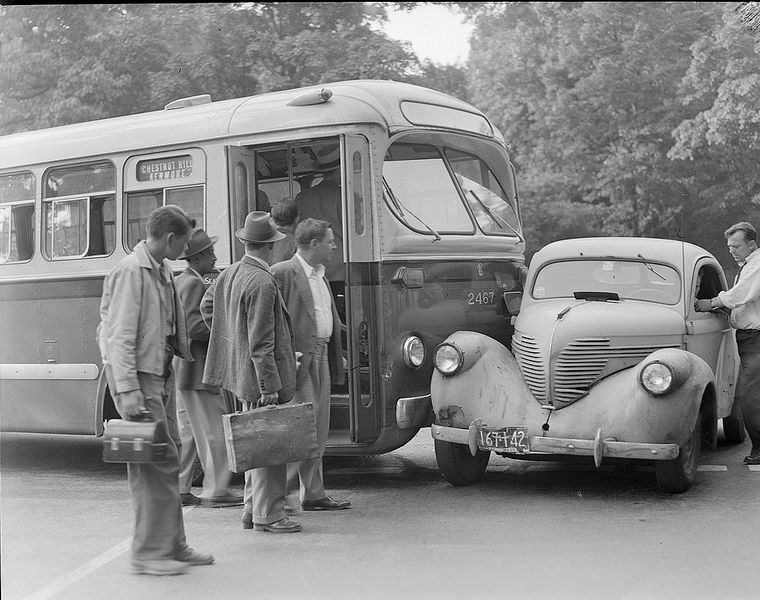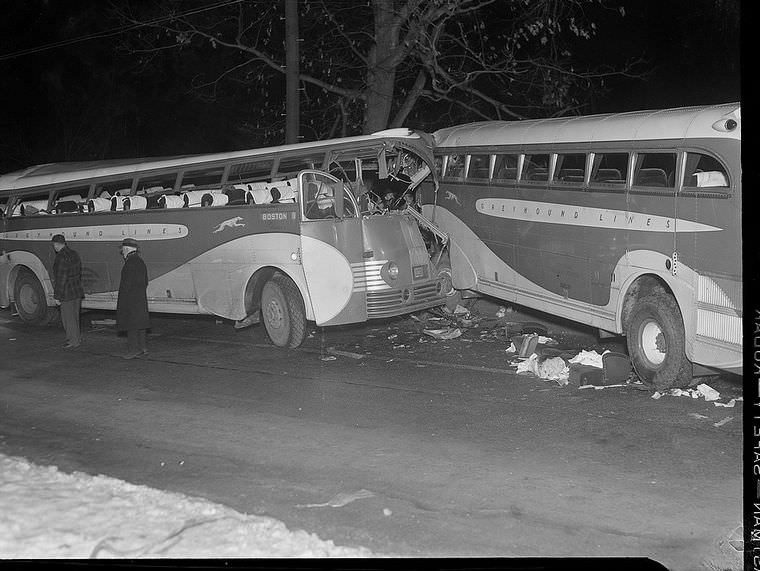Driving a car in the 1940s was a very different experience than it is today. Cars themselves had far fewer safety features. You wouldn’t find airbags, anti-lock brakes, or even standard seatbelts in most vehicles from that decade. Cars were built with harder materials in the interior, and there were no crumple zones designed to absorb energy during a crash. Steering and braking systems were also less advanced, making cars harder to control, especially in emergencies.
Roads were also less developed across the country. While major routes existed, the network of highways was much smaller than what we have now. Many roads were narrower, some were not paved, and even paved roads might have inconsistent surfaces. Clear road signs and markings were not as standardized or widespread. These conditions could make driving more challenging and forgiving of mistakes.
Traffic laws were still evolving during the 1940s. Rules about speed limits, right-of-way, and driver behavior were in place, but they varied more by location. Enforcement methods were also different. Driver training standards were not as formal or consistent as they are in later decades. People learned to drive in various ways, and the emphasis on safety might have differed.
Read more
World War II, which took up a large part of the 1940s, also played a role. Car production for civilians was limited during the war years as factories focused on military vehicles. This meant that older cars stayed on the road longer, and these vehicles lacked even the few safety advancements that were starting to appear. Fuel rationing during the war also meant less driving overall for a period, which likely affected accident rates, causing them to decrease before rising again after the war ended and driving increased.
When car accidents did happen in the 1940s, the results were often severe. Without modern safety restraints and vehicle construction designed to protect occupants, crashes at even relatively low speeds could cause serious injuries or fatalities. Occupants were more likely to be thrown around inside the car or ejected from the vehicle. The lack of immediate and advanced medical care in many areas also meant that injuries were more likely to be fatal.
The combination of less safe cars, less developed roads, evolving traffic practices, and the specific conditions brought about by the war created a driving environment where accidents were a significant risk, and their consequences were often dire. The scene of a car accident in the 1940s reflected the technology and infrastructure limitations of the era, highlighting the lack of the safety systems we rely on today.


